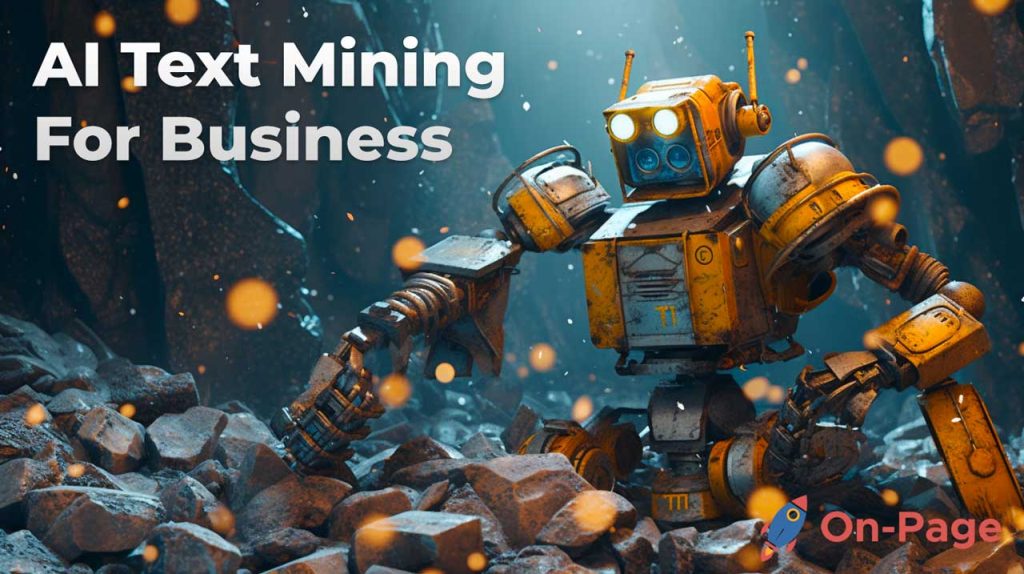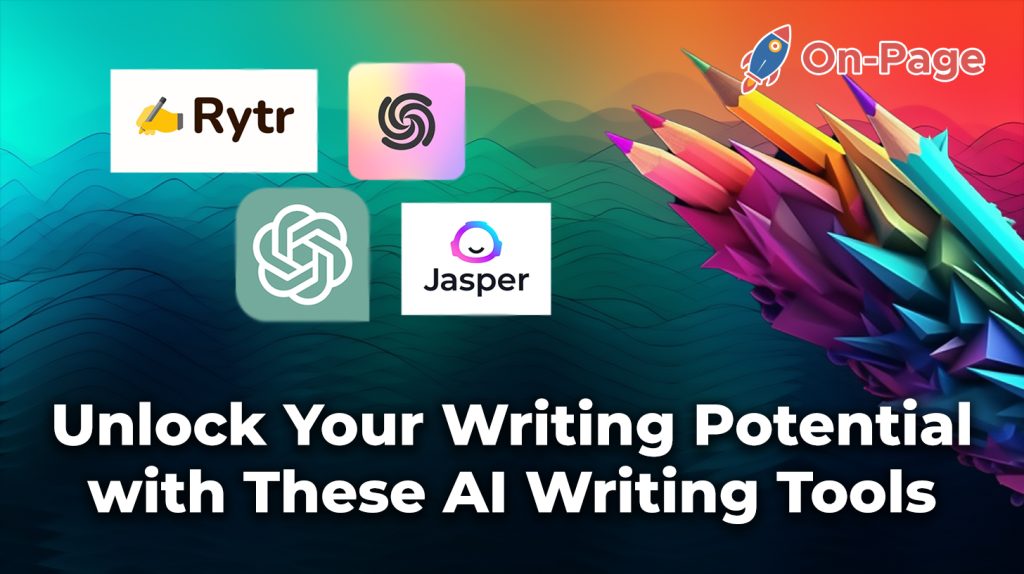
Imagine if Shakespeare had access to today’s AI writing tools – sonnets would have been crafted at lightning speed and plays would have been penned without breaking a sweat. Now, you might not be Shakespeare, but with the best SEO optimization tools at your disposal, unlocking your writing potential has never been easier. Say goodbye to writer’s block and hello to creative expression, as we dive into the world of AI-powered assistants that will revolutionize the way you craft content!
There are many AI writing tools available, including Rytr, Jasper, Sudowrite, and ChatGPT. These tools can be used for various writing tasks such as copywriting, rewriting, SEO content creation, and creative writing. The best tool for you will depend on the specific needs of your writing project.
AI Writing Tools Overview
In recent years, AI-powered writing tools have gained immense popularity among content creators and writers. These tools are designed to assist writers in crafting high-quality content quickly and efficiently. They use natural language processing algorithms to analyze text and generate insightful suggestions for enhancing the overall quality of the output.
AI writing tools come with a wide range of features, including grammar and spelling checks, plagiarism detectors, topic research, content analysis, and more. Such tools have become a critical component of the content creation process since they allow writers to enhance their productivity while minimizing human errors.
An excellent example of this is On-Page.ai’s Stealth Writer tool which simplifies article creation with one click. This innovative tool creates a piece of unique content by using an advanced algorithm that understands sentence structure and context.
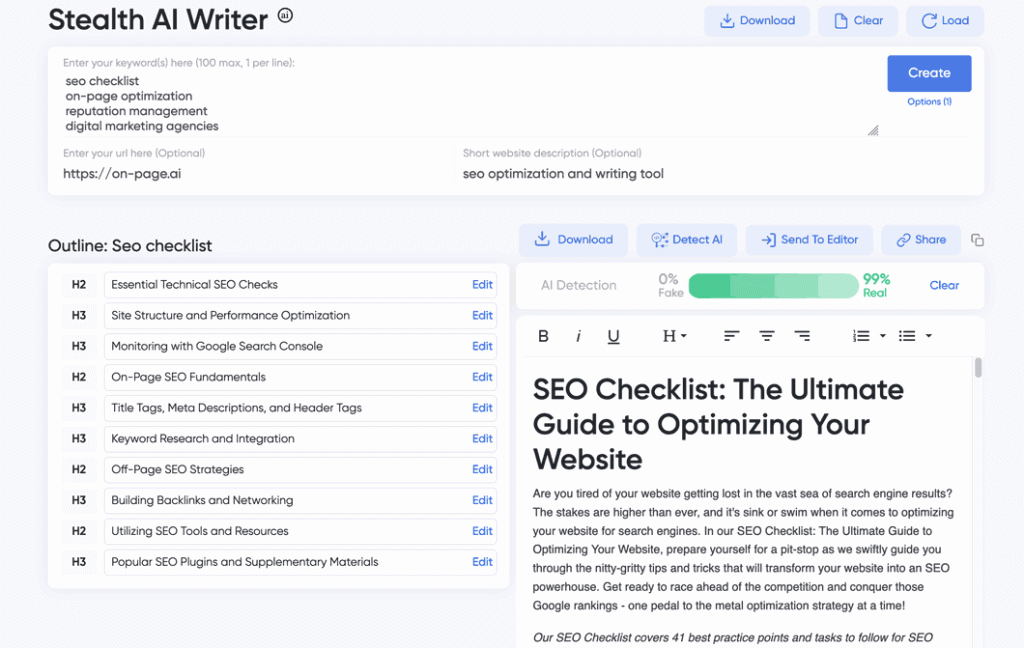
As technology continues to advance, AI writing tools are becoming more sophisticated and powerful, leading to more efficient and effective writing practices.
The primary goal of these AI writing tools is to increase efficiency by automating tedious tasks such as spelling correction or sentence rephrasing. For instance, instead of manually checking for punctuation or grammatical errors in your writing, you can use an AI-based grammar checker that instantly highlights any issues.
Moreover, AI-driven content generators can save time without compromising the quality of the output. Writers can access a database of pre-written templates on specific topics or use content research modules that suggest titles or headlines based on their target audience’s preferences.
While some argue that relying on AI-based writing tools may stifle human creativity and result in low-quality content without personalization or authenticity, others believe that these tools allow writers to focus more on creativity since they automate technical aspects such as keyword density or page layout.
Besides, AI writing tools do not replace human ideas but rather help refine them into concise and engaging language.
- According to Verified Market Research, the AI writing assistant software market is projected to reach a market size of $6.464 billion by 2030, with a CAGR of 26.94% from 2023 to 2030.
- A survey conducted in 2022 revealed that top-performing AI writing platforms like Rytr, Jasper, and Sudowrite experienced an average growth rate of more than 150% in sign-ups and user engagement during the previous year.
Now that we’ve seen the benefits of AI writing tools, let’s take a look at the types of writing tasks and purposes they can assist.
Types of AI Writing Tools

AI-powered content creation tools come in different shapes and sizes. They are often designed to streamline specific content creation processes like copywriting, marketing email writing, or professional blogging.
One example is Rytr’s content generator tool, which uses machine learning algorithms and neural networks to generate unique high-quality articles for your website or blog, while also suggesting titles or outlines for fresh ideas.
Another type of writing tool is the smart text editor used for creating concise emails or social media captions. These platforms utilize NLP algorithms to analyze the target audience’s preferences and suggest phrases that resonate with their interests.
Similarly, some AI content creators offer SEO optimization features like keyword suggestions based on search volume and relevance. For instance, On-Page.ai’s SEO optimization feature scans your website for optimal word usage based on industry benchmarks and competitors’ performance.
Regardless of the purpose, AI writing tools have two things in common: they use a data-driven approach and adapt to user behavior patterns to continually refine their suggestions.
By analyzing data points such as engagement metrics or readability scores, these tools provide writers with objective feedback on how readers engage with their content, allowing them to improve areas where readers seem disinterested.
Some critics argue that using AI writing tools may result in formulaic text or a lack of emotional connection between the audience and the writer. While there might be some truth to this concern, many modern AI-based platforms now incorporate sentiment analysis features to detect emotions behind certain phrases and suggested rephrases for more authentic language forms.
Think of it this way; AI writing tools are similar to a personal voice coach who assists you in choosing your words wisely while speaking in public. The coach can identify when you are speaking too quickly or when your tonality is off, allowing you to adjust accordingly.
In the same way, AI-based writing tools are like virtual writing coaches that assist writers in perfecting their craft by eliminating mechanical errors and enhancing the overall readability of their content.
With a solid understanding of the different types of AI writing tools now available, we will next take a look at popular AI writing platforms such as Rytr, Jasper, and Sudowrite.
Popular AI Writing Platforms
As the demand for content creation grows, so does the market for AI writing platforms. With hundreds of options out there, it’s difficult to navigate which ones are worth investing in. Here, we’ll take a closer look at three popular writing platforms: Rytr, Jasper, and Sudowrite.
Rytr is an AI-powered writing platform that has gained popularity due to its fast turnaround time. Not only can it produce unique and compelling articles with the right tone and style, but it also boasts a content and grammar check feature that saves users time on editing.
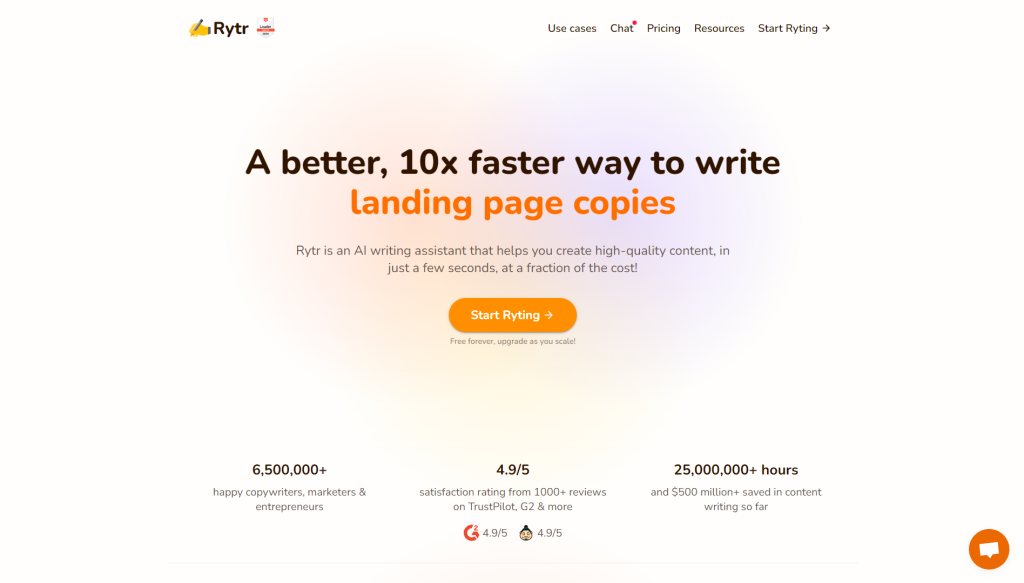
Jasper, on the other hand, offers more advanced tools for long-form content creation. Its custom templates and powerful editor allow writers to create high-quality content tailored to their specific audience. Additionally, Jasper integrates with other tools like Surfer SEO, Chrome extension, and Grammarly, making it a great all-in-one solution for content creators.

Some argue that using AI for creative writing takes away from the authenticity of human writing. However, supporters of AI platforms believe that these tools can help writers overcome writer’s block and provide valuable suggestions for improvement.
Think of it as having a personal writing assistant: someone who can come up with ideas when you’re stuck, check your work for errors, and enhance your writing skills through feedback.
Now let’s take a closer look at each platform.
Rytr, Jasper, and Sudowrite
Rytr
Rytr offers a wide range of use cases for businesses and individuals alike; however, its most notable feature is the ability to generate written content in just minutes. It uses machine learning algorithms to learn from previous content and returns results based on given parameters like tone or structure. Additionally, users have the option to provide additional information such as keywords or target audience to produce more accurate results.

Jasper
In contrast, Jasper offers a full suite of features for content marketers and SEO professionals. Its long-form document editor allows writers to create high-quality content without leaving the platform. Users can optimize their content with Jasper’s built-in plagiarism detector, speed writing tool, and SEO analyzer. With customizable templates and integrations with popular SEO tools, Jasper is a top choice for businesses in need of a comprehensive writing solution.
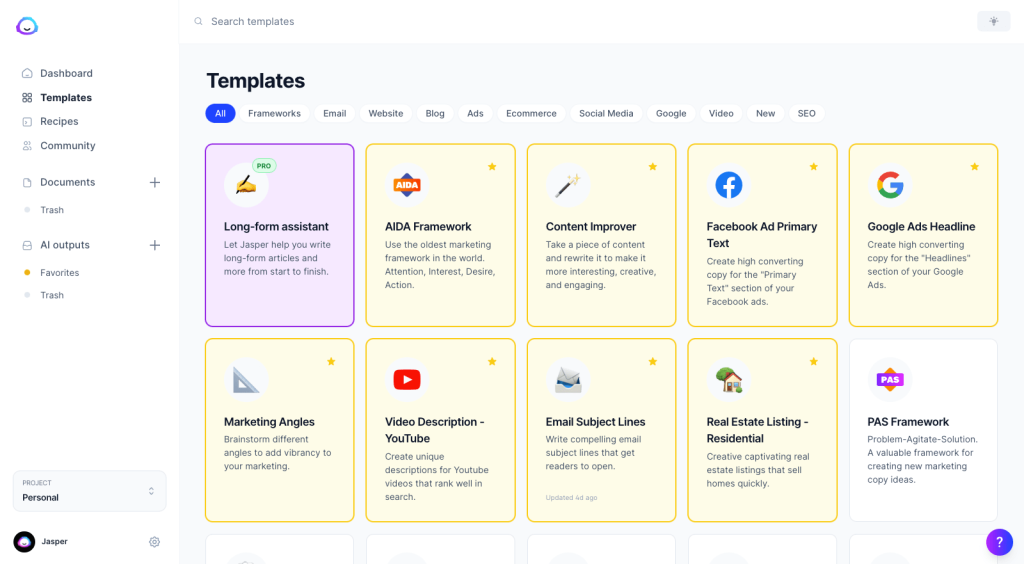
Sudowrite
Finally, Sudowrite is a user-friendly AI writing tool specifically designed for creative writing projects. It offers suggestions for improvement rather than complete content generation like in On-Page.ai’s Stealth AI Writer. It also provides editing advice tailored toward descriptive writing. Additionally, users have the option to share their work in progress with a community of like-minded individuals who can provide valuable feedback.
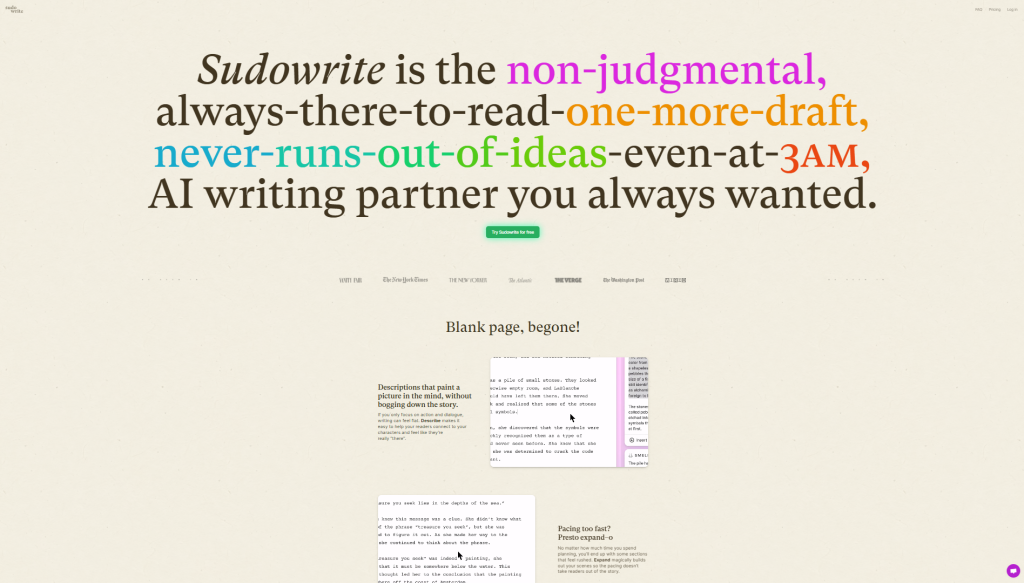
Although each platform has its unique features, it’s important to keep in mind that AI writing tools are only meant to enhance human creativity – not replace it entirely. Using these tools can optimize your workflow and increase productivity, but they’re not a substitute for original thought and creativity.
The advent of AI writing raises ethical concerns about intellectual property rights and authenticity in written content. Critics argue that using AI platforms takes away from the originality inherent in human thought and creativity. However, proponents believe that these platforms can supplement human effort by saving time on repetitive tasks such as editing and proofreading.
Think of AI platforms like training wheels on a bicycle: they’re there to help you get started but ultimately, it’s up to the rider (writer) to take control and steer the bike (content) in the right direction.
Enhancing Writing Productivity with AI
Writing can be a challenging task, especially when you have tight deadlines to meet. It can be even more stressful when you’re dealing with writer’s block, and your creative juices aren’t flowing. With so much at stake, it’s no surprise that writers are constantly looking for ways to enhance their productivity and output.
One of the most effective ways to achieve this is by using AI writing tools like On-Page.ai. These tools can help you in various ways such as generating content ideas, optimizing your writing for SEO, improving readability, or even correcting grammatical errors and typos.
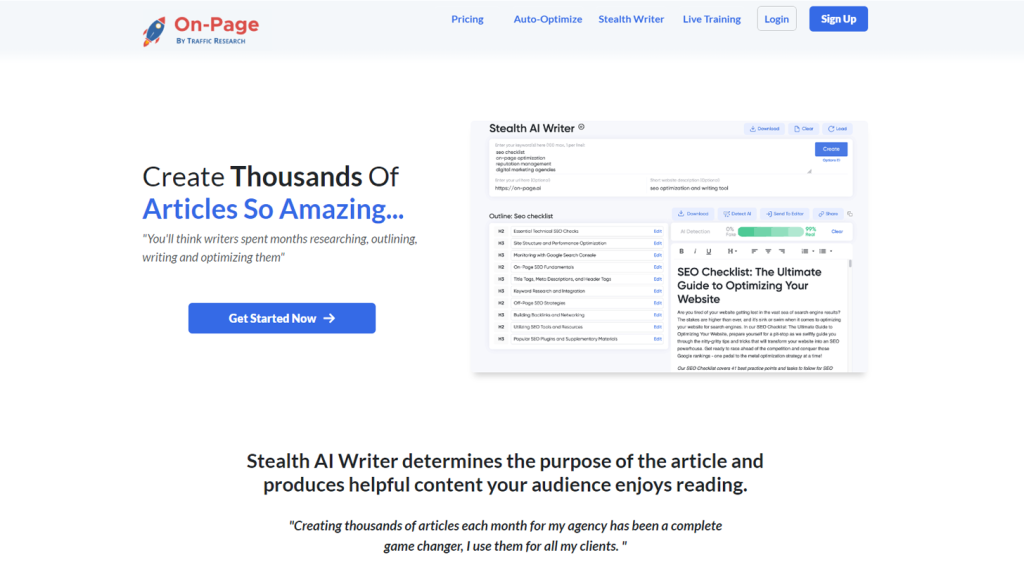
On-Page.ai is an advanced SEO tool that uses machine learning algorithms to identify what works best from all the content ranking on Google for a specific topic. The tool evaluates not only the main text but also headers, footers, sidebars, and advertisements to provide precise recommendations about keyword density, readability score, and more. This helps writers make necessary optimizations without having to spend too much time analyzing data.
Furthermore, AI writing tools have proven to be significantly faster than humans when it comes to drafting articles or entire blog posts. With the assistance of AI technology, writers can write quality articles within just a few minutes. On top of that, because these tools integrate with other applications like Google Docs and Microsoft Word or OneNote, you won’t need to switch platforms constantly – making your workflow smoother and more consistent.

Of course, there are some who may argue that relying too much on AI could lead us down a path of unoriginality and robotic writing styles. We believe this is not true for three reasons: First, machines do not write for themselves but merely assist human operators in achieving unique workflows; second, just because a tool uses artificial intelligence does not mean that it cannot produce original content. Saying so would be like arguing that because a hammer is a tool made from metal, therefore it can only be used for hitting nails; third, creativity and innovation are still necessary. AI writing tools can help artists improve their output and efficiency but cannot replace human aspects such as storytelling or crafting long-form narratives.
Now, let’s take a look at how AI writing tools can help writers overcome one of the biggest challenges they face – writer’s block.
Tackling Writer’s Block and Output Boost
Almost every writer has experienced writer’s block at some point in their career. It can be frustrating, limiting, and often leads to time wastage. Fortunately, with advancements in technology, writers now have access to various AI writing tools that can help them bypass the very things that are hindering their ability to write productively.
One of the most helpful features available with On-Page.ai is its Stealth ReWriter. This feature enables writers to rewrite existing content quickly. It removes the need to start from scratch while still providing writers with new ways to approach their work. By rendering multiple rewrites per button press within seconds, Stealth ReWriter allows writers to explore their creative side without worrying about rehashing old ideas.
Additionally, there are other powerful AI writing tools like Sudowrite or Rytr that offer brainstorming functions and story suggestions which can also help overcome writer’s block. When you’re stuck on a specific idea or storyline, try plugging keywords into these kinds of AI writing tools to see what comes out. You might be surprised by what inspiration strikes!
Think of it like asking Siri or Alexa to tell you a joke when you’re feeling down. Sometimes all we need is a little bit of low-effort assistance to get us moving again!

However you choose to tackle your writer’s block using these tools, one thing is for sure, they can help alleviate the strain of producing content. By reducing stress levels and cutting down on wasted time, AI writing tools are becoming an essential component of any writer’s toolkit.
With all of these benefits in mind, it’s no wonder that so many companies and individuals alike have started adopting AI-powered writing tools into their workflow. Whether you’re a seasoned pro or someone just starting out in the content writing game, these tools can be indispensable.
Balancing AI Writing with Human Creativity

AI writing tools have revolutionized the world of content creation. They offer speed, accuracy, and efficiency, making it possible to produce high-quality content in record time. However, there are those who argue that relying solely on AI writing tools can stifle human creativity in content creation. So how can we balance AI writing with human creativity?
One way is by using AI writing tools to augment human writing skills. Consider a scenario where an author wants to write about a particular topic but is struggling to find relevant information. Typically, this would require hours of research and reading through numerous sources. But with an AI writing tool like On-Page.ai’s Stealth Writer, the writer can quickly and accurately generate quality content that complements their own research efforts. In this way, AI writing tools act as an extension of our own knowledge and expertise, reducing time spent on research.
Another advantage of using AI writing tools is that they help writers identify gaps in their content strategy. With analytics built into many AI writing tools, writers can access data-driven insights into how well their content is performing. This can guide decisions about what type of content to produce next or which areas need improvement.
However, while AI writing tools can be a great asset in the content creation process, they cannot replace human creativity entirely.
One of the risks of relying too heavily on AI writing tools is losing the personal touch and brand voice in our content. There is sometimes a tendency for these tools to produce generic or templated articles that lack personality or flair. Human writers bring unique perspectives and styles to their work which makes their content stand out from the crowd.
Using only AI writing tools can be compared to baking a cake using only a pre-packaged cake mix devoid of any personalization or variation. Although it might taste good and has been easily produced without a hitch, there will be no special flavor and texture that the cake will embody without input from the baker.
To balance AI writing with human creativity, writers should aim to use these tools as starting points for their work. Once AI tools generate content on a particular topic or idea, writers can then take it away to inject their own ideas, brand voice, and opinions into the structure created by the AI tool. In this way, AI supports human creativity rather than replacing it.
In conclusion, while AI writing tools offer incredible benefits such as speed and efficiency, it is vital to consider using them in conjunction with human creativity to avoid producing robotic content. When used appropriately, they can support and augment human efforts, not replace them.
An AI-supported SEO solution such as On-Page.ai which offers both automation of keyword optimization processes and website SEO in addition to exceptional writing capabilities stands out as a superior option over competitors that only offer pure writing services if sought together.
Common Questions Answered
Can AI writing tools be customized to individual writing styles and preferences?
Yes, AI writing tools can be customized to individual writing styles and preferences.
Advancements in natural language processing (NLP) have led to the development of sophisticated AI algorithms that can analyze text data to identify patterns in writing style and tone. With this capability, AI writing tools can adapt to individual preferences and produce content that aligns with the user’s writing style.
For instance, Grammarly, one of the popular AI writing tools, allows users to set their language proficiency level, tone preference, and domain-specific vocabulary. The tool then uses this information to customize suggestions for grammar and style improvements for each individual. In addition, advanced features such as plagiarism detection and readability analysis further aid in personalizing content.
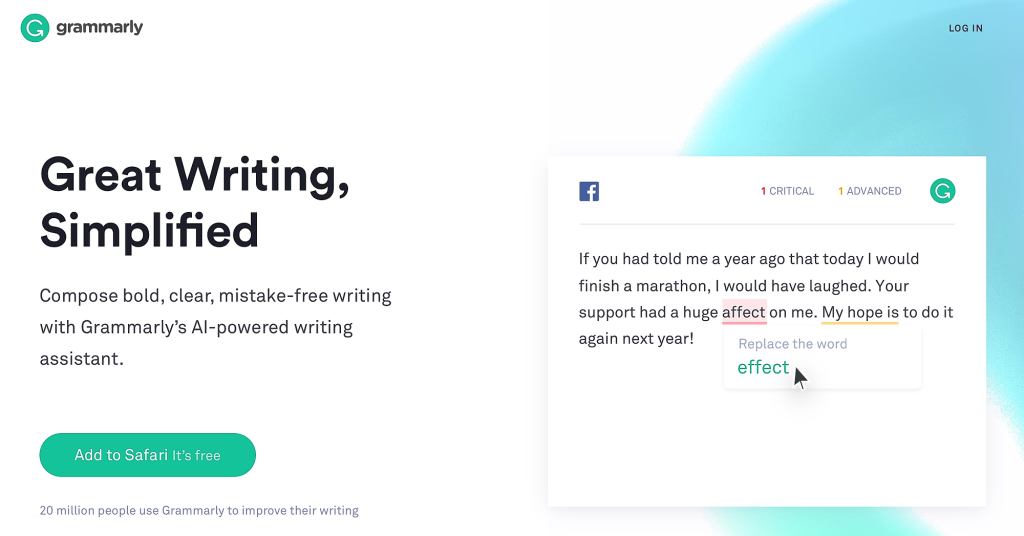
A study by OpenAI found that its language model GPT-3 generated human-like written responses with high levels of coherence and fluency across various domains.

In conclusion, AI writing tools can be customized to individual writing styles and preferences through innovative NLP models and features. With the increased adoption of these technologies in content creation workflows, writers will continue to see improvements in productivity and quality.
Are there any free or low-cost AI writing tool options available?
Yes, there are several free or low-cost AI writing tool options available today. These tools can help writers of varying skill levels and experience to produce high-quality content quickly and efficiently.
One such option is Grammarly, which is a popular grammar and spell-checking tool that uses AI to make suggestions for improvements in writing. According to their website, over 30 million people worldwide use Grammarly to improve their writing skills.
Another great low-cost option is ProWritingAid. This tool helps with grammar, spelling, and style checks, as well as provides insights into readability, overused words, and sentence structure. As per their website, over 2 million writers have used ProWritingAid to improve their writing.

Additionally, we have also seen an emergence of free AI writing tools in recent years such as Writesonic and Copy.ai which offer creative AI-powered content generation solutions such as blog post outlines, social media posts, product descriptions, and more.

In conclusion, with increasingly advanced developments in machine learning technologies paired with cut-throat competition among vendors vying for market share. The growing popularity of these AI writing tools has made it affordable for novice writers or those on a budget the opportunity to unlock their potential without breaking their bank accounts.
What industries and professions commonly use AI writing tools in their work?
Artificial intelligence writing tools have been widely adopted by various industries and professions as they offer significant benefits in terms of both efficiency and quality. Here are some examples:
Marketing Agencies: AI writing tools such as GPT-3-based language models are increasingly being used to generate social media posts, email copy, and press releases. According to a survey conducted by the Content Marketing Institute, 63% of marketers use AI tools to create content.
Journalism: AI is also helping journalists automate their tasks. The Associated Press, for example, uses an automated writing tool called Wordsmith to produce thousands of news articles every year. A report by the Reuters Institute for the Study of Journalism found that 75% of news organizations use AI in some capacity.

E-commerce: Product descriptions can become repetitive if you have a large inventory of items to write about. This is where AI writing tools come in handy. Online retailers can use them to create compelling product descriptions for hundreds or even thousands of products quickly. A study by Salesforce found that 51% of consumers expect that companies will anticipate their needs and make relevant suggestions before they contact them.
Academic Writing: Academics and researchers are turning to AI-assisted writing software such as Grammarly and Turnitin to improve their writing process. These tools help check for formatting errors, plagiarism, and other common mistakes that could harm their research publications. In fact, Turnitin has over 30 million students and faculty users worldwide.

In conclusion, AI writing tools are becoming ubiquitous across industries due to their impressive potential to save time while maintaining high-quality output.
How do AI writing tools differ from traditional word-processing programs?
AI writing tools differ from traditional word-processing programs in several ways. First, they utilize machine learning algorithms that can identify patterns and provide personalized suggestions for improving your writing. Second, they enable you to generate content faster with features such as auto-complete and text prediction. And third, they can help you maintain a consistent style throughout your writing.
According to a survey conducted by AI-powered writing assistant Grammarly, 76% of users said the tool helps them improve their writing, while 99% reported that it catches more errors than traditional spell-checkers. Moreover, GPT-3 (Generative Pre-trained Transformer 3), one of the most advanced language models available today, can write up to 10 essays per second – a feat that would be impossible for humans.
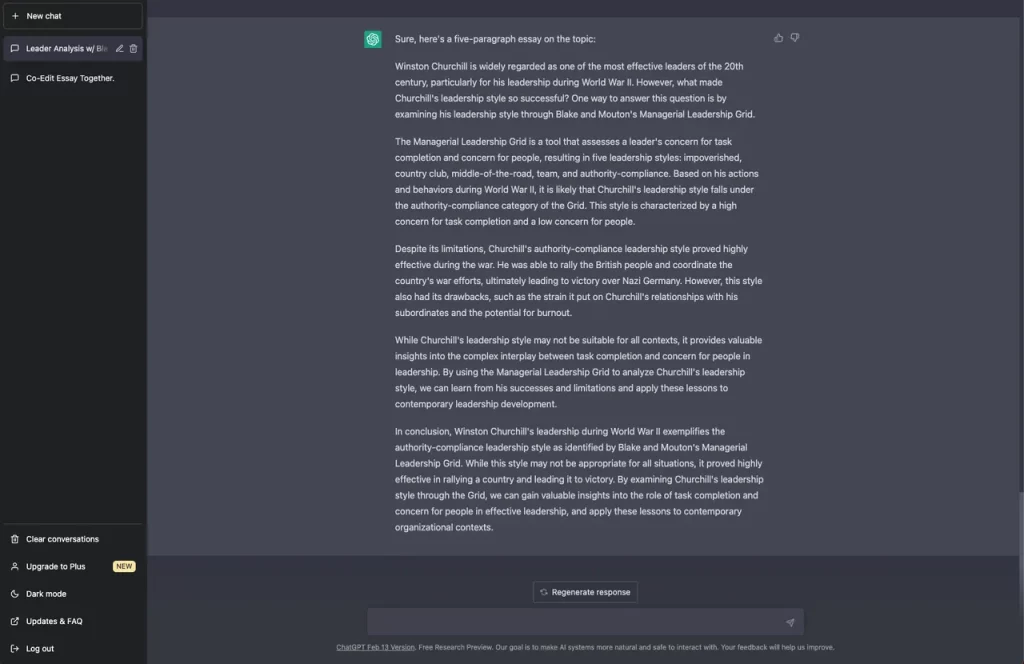
Traditional word processors like Microsoft Word are limited in their ability to assist with the creative process. They primarily focus on editing and formatting content rather than generating ideas or improving the quality of writing. While they do offer some basic grammar checking and spelling assistance, they lack the advanced capabilities of AI-powered writing tools.
In conclusion, AI-powered writing tools provide writers with a unique set of features and capabilities that traditional word-processing programs cannot compete with. They offer personalized suggestions for improvement, increase efficiency and productivity, and maintain consistency in writing style – all key factors in successful communication through written language.
How accurate and reliable are the outputs of AI writing tools?
When it comes to accuracy and reliability, AI writing tools have come a long way in recent years. In fact, according to a study conducted by Gartner, by the year 2025, 30% of outbound marketing messages from large organizations will be AI-generated. This goes to show how quickly AI-powered writing tools are gaining acceptance and credibility in the industry.
One of the main reasons for their growing popularity is that AI writing tools use advanced algorithms that have been fine-tuned through machine learning and natural language processing techniques. As a result, the outputs generated by these tools are more accurate and reliable than ever before.
In terms of accuracy, studies have shown that AI-powered writing tools can accurately predict the intent, tone, and sentiment of a text with over 90% accuracy. Additionally, these tools are also capable of identifying spelling and grammatical errors with great precision.
However, it’s important to note that while AI writing tools are highly accurate and reliable, they still require human oversight and input. These tools work best when used in conjunction with human editors who can provide their expertise on style, tone, and context.
Overall, AI writing tools like On-Page.ai are a powerful resource for writers looking to improve their productivity and efficiency without sacrificing quality. As technology continues to improve at an exponential rate, we can expect these tools to become even more accurate and reliable in the years to come.

